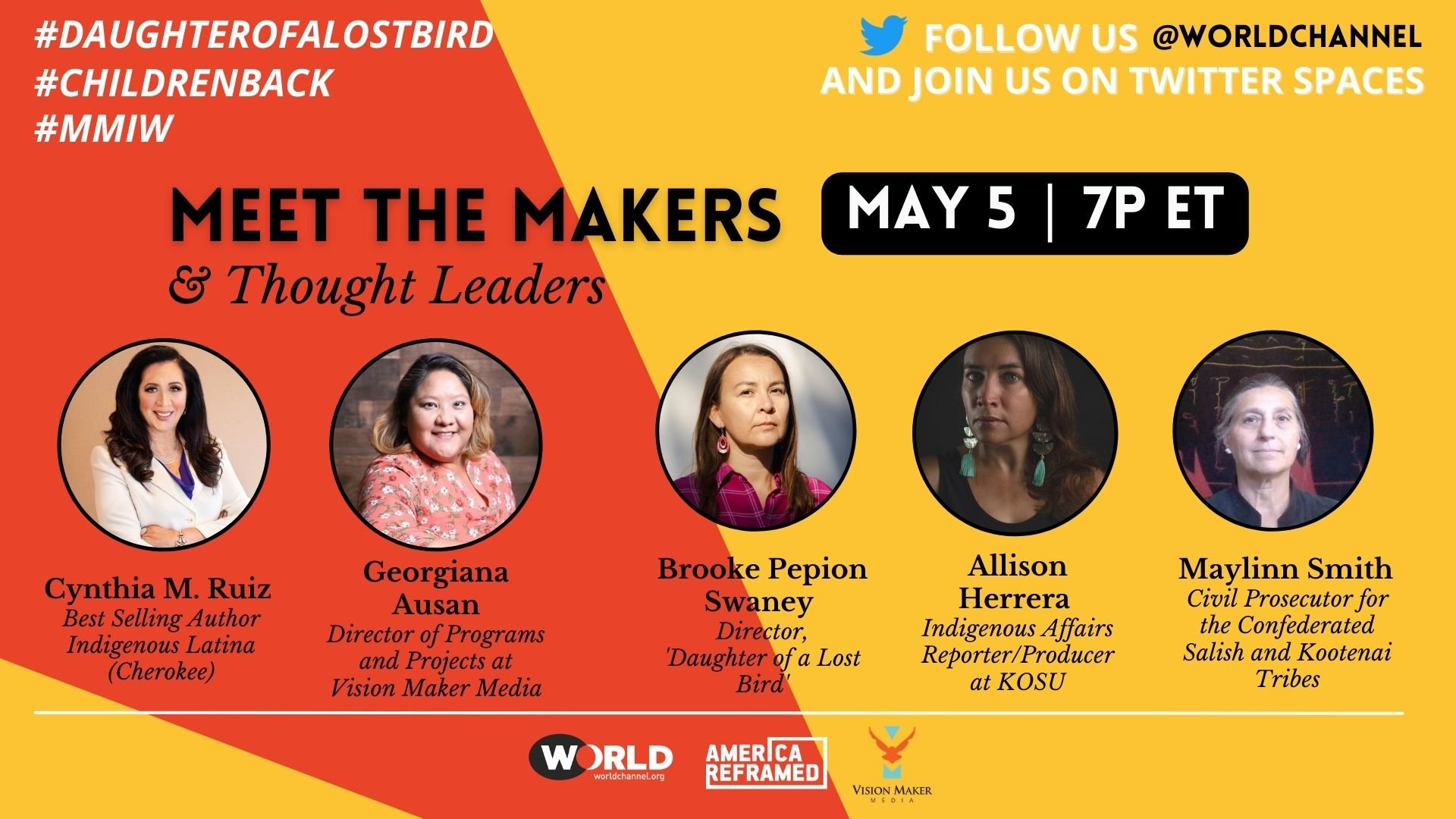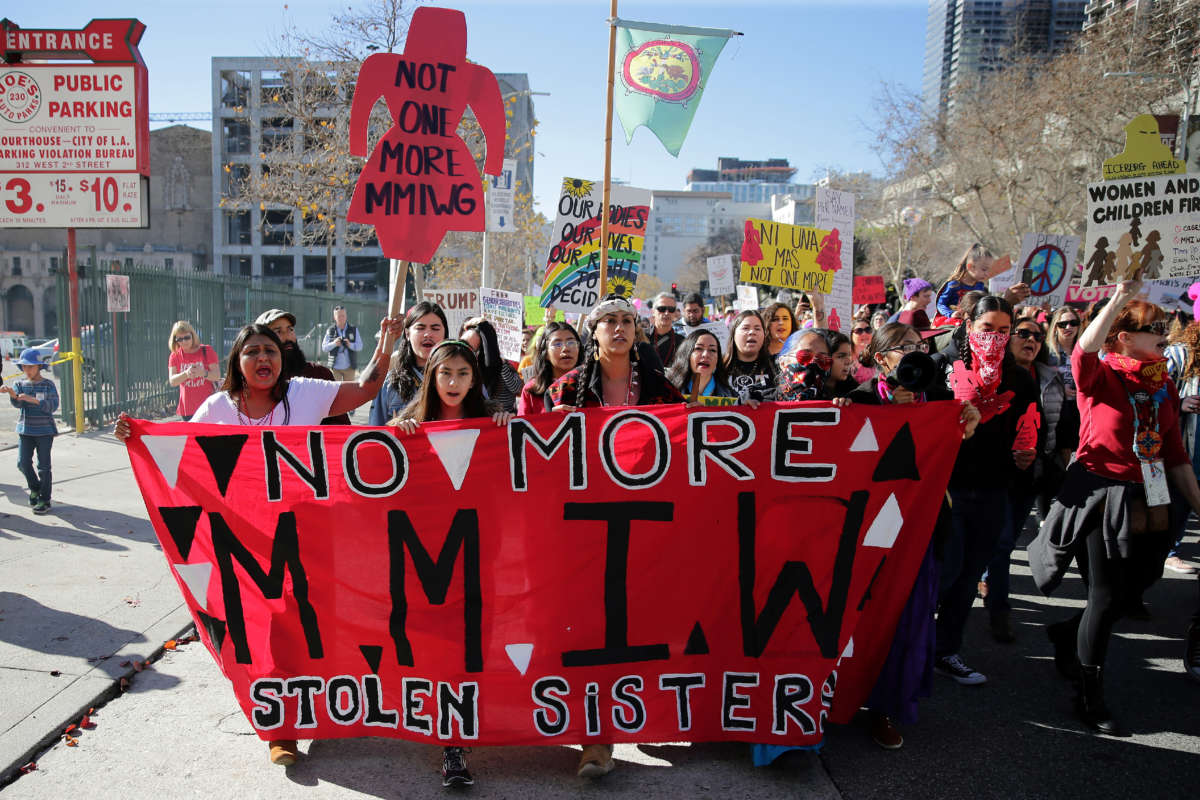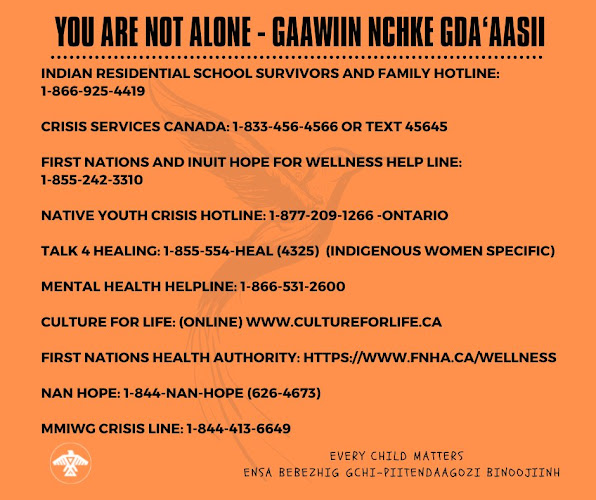St. John, snatched from his family when he was 4, says he was raised without his culture.
I’m an angry Indian,” Roger St. John, Sisseton Wahpeton Oyate, told the First Nations Repatriation Institute’s second annual adult adoptees summit. The elite panel included child-welfare specialists, judges, lawyers, community activists and scholars. The most important experts, according to the organization’s founder/director, Sandra White Hawk, Rosebud Sioux Tribe, were adult adoptees—such as St. John—who related their experiences at the three-day meeting at the University of Minnesota, Twin Cities in St. Paul in 2011.
“I’m more than glad to tell you I’m pissed off,” continued St. John, a 49-year-old truck driver with dark hair pulled back in a ponytail. “I was the youngest of 16 children, grabbed at the age of 4, along with three older brothers—no paperwork, nothing. The other kids in the family escaped because they took off.” Soon, St. John and his siblings ended up in New York City at Thanksgiving time. The year was 1966: “We were on the front page of the newspaper, along with lots of good talk about the holiday and adoption. We were brought up without our culture, which took a terrible toll on our lives. I grew up angry and miserable.”
St. John’s experience was replicated all over
Indian country in the mid-to-late 20th century. The boarding-school era that had begun in the late 1800s was winding down and the abusive residential schools set up to isolate and assimilate Native children were being closed down or turned over to the tribes, a process that was largely completed by the 1970s. Meanwhile, another means of separating Native children from their communities was gathering steam.
The Indian Adoption Project was a federal program that acquired Indian children from 1958 to 1967 with the help of the prestigious Child Welfare League of America; a successor organization, the Adoption Resource Exchange of North America, functioned from 1966 until the early 1970s. Churches were also involved. In the Southwest, the Church of Jesus Christ of Latter Day Saints took thousands of Navajo children to live in Mormon homes and work on Mormon farms, and the Catholic Church and other Christian denominations swept many more Indian youngsters into residential institutions they ran nationwide, from which some children were then fostered or adopted out. As many as one third of Indian children were separated from their families between 1941 and 1967, according to a 1976 report by the Association on American Indian Affairs.
“People have heard of the boarding-school era and know it was bad, but they don’t know our adoption era even exists,” said White Hawk, who was taken from her family on the Rosebud reservation as a toddler in the mid-1950s. “A few small studies of adult adoptees have been done, and we’re just learning how to talk about what happened. We need think tanks and conferences and scientific research to explore what occurred and how it affected us.”
Then, White Hawk said, that information can inform current Indian child-welfare cases. “When experts take the stand to testify in a child-welfare hearing [about placement of a child or termination of parental rights, for example], they need academic backup to explain the relationship between, for example, suicide and being disconnected from your culture,” she explained. “The courts want Ph.D.-level research to back up what we tell them.”
A paper by Carol Locust, Cherokee, describes Native adoptees suffering from what she calls Split Feather Syndrome—the damage caused by loss of tribal identity and growing up “different” in an inhospitable world. Lost Bird is another term researchers have used to refer to the group, recalling one of the earliest Indian adoptees. A Lakota infant who survived the 1890 massacre at Wounded Knee sheltered by the frozen corpse of her mother was claimed as a war trophy by a general who named her Lost Bird, according to her biographer, Renée Sansome Flood in Lost Bird of Wounded Knee.
Thanks to copious newspaper coverage of the massacre and its aftermath, Lost Bird became her generation’s celebrity adoptee, but fame did not save her from a fate that was a harbinger for too many Native children. She endured intolerance and isolation, and when she rebelled as a teenager, was shipped back to her birth family, where she no longer fit in. After a stint in Buffalo Bill’s Wild West Show and the loss of three children—two died and she gave away the third, according to Flood—Lost Bird was felled by influenza in 1920, at the age of 30. “Throughout her life of prejudice, exploitation, poverty, misunderstanding and disease, she never gave up hope that one day she would find out where she really belonged,” Flood wrote.
At the summits and other events White Hawk has organized or spoken at since 2003, modern-day adoptees have recounted their dramatic life journeys, sometimes for the first time. “The stories vary from the most abusive to the most beautiful, but that’s not the point,” she said. “Even in loving families, Native adoptees live without a sense of who they are. Love doesn’t provide identity.”
“I never felt sorry for myself,” said St. John, “but if I ever got hurt, it wounded me to my soul, because I felt no one was there for me.” In recent years, he has found his birth mother and connected emotionally with his adoptive parents. “They were so young, in their 20s, when a priest convinced them to adopt four Sioux boys from South Dakota. It was too much—for all of us.”
During the adoption era almost any issue—from minor to serious—could precipitate the loss of an Indian child. Two Native people interviewed prior to the summit said they were separated from their families after hospital stays as young children, one for a rash, the other for tuberculosis. A third was seized at his baby-sitter’s home; when his mother tried to rescue him, she was jailed, he said. A fourth recalled that he was taken after his father died, though his mother did not want to give him up. A fifth described being snatched, along with siblings, because his grandfather was a medicine man who wouldn’t give up his traditional ways. As in St. John’s case, no home studies or comparable investigations appear to have been done to support the removals. “Indians had no way to stop white people from taking their kids,” said yet another interviewee. “We had no rights.”
Eighty-five percent of the Native children removed from their families from 1941 to 1967 were placed in non-Indian homes or institutions, said the Association on American Indian Affairs report. The aim, said White Hawk, was assimilation and extinction of the tribes as entities, as their younger generations were removed, year after year—just as it had been with the boarding schools.
“We can’t be afraid to use words like genocide,” said summit participant Anita Fineday, White Earth Band of Ojibwe, managing director of Casey Family Programs’ Indian child-welfare programs and a former chief judge at White Earth Tribal Nation. “The endgame, the official federal policy, was that the tribes wouldn’t exist.”
As Native adoptees struggle to recover their identities, some have trouble accessing their original birth certificates. Many states seal adoption records to protect the confidentiality of the process. “In a state that does this, you have to be a detective to find out where you’re from,” said White Hawk.
Or lucky. According to Sharon Whiterabbit, Ho-Chunk Nation, a business consultant and internationally known rights advocate, the son she’d given up as a teen mother found her because he lost his social security number. To get a new one, he had to petition the courts for his original birth certificate and, using the information he found there, tracked her down.
Could something be done on a tribal level to keep adoption records open and available for those who want them? Whiterabbit asked the group. This summit was about solutions, as well as problems, and Fineday had an answer: “Tribes have a right to know their members, so we can demand the records. We’re not requesting, though. We’re demanding. At White Earth, we were successful with this tack in a couple of cases. When the [adoption] documents arrived, I got goose bumps.”
Carrie Imus, director of social services for and former chairwoman of the Hualapai Tribal Nation, suggested that tribes do pre-enrollment of children who are being adopted out, to ease their return.
According to Terry Cross, Seneca Nation of Indians and founder and executive director of the National Indian Child Welfare Association, nontribal child-welfare workers usually did not recognize the large support network that Native children enjoy: “In the 1950s, 1960s and 1970s, children were removed from Indian families because auntie was taking care of them, and the system called that neglect. But it was simply a different cultural way of meeting the child’s needs. To this day, social workers who remove Native children don’t know what an Indian family is and what supports are available
in the extended family and tribe.”
Decades of stolen children caused unresolved personal and community-wide grief and high rates of alcoholism, suicide and other social ills that stalk individuals and tribes to this day. “It took me years to realize nothing was wrong with me and the response I had to the trauma I’d experienced as an adoptee,” said Sandra Davidson, White Earth Band of Ojibwe and a program manager for Praxis International, a nonprofit dedicated to eliminating violence toward women and children.
Often referred to as “historical trauma,” the pain can’t be cured with quick-fix programs, said Cross. “In Canada, we looked at places where suicide is the highest, and it’s where the culture is most broken down,” he said. “In such cases, do you start suicide-prevention programs, or do you restore balance in the community through more self-governance? I have found that unless you change a community systemically, you can’t affect the symptoms of imbalance, such as suicide.”
Linear thinking—see a problem, apply a solution—is ineffective, he added. “Mainstream society’s services are so fractured. Medical doctors get the body, psychologists get the mind, judges get the social context, and clergy get the spirit. But, in fact, we are all whole people, and real solutions have to address that.”
Cross pointed to the sweat lodge as a way of caring for the whole person. “It’s done in groups and includes teachers, stories and protocols for how to conduct oneself, which relate to the social context,” he said. “You sweat, and you experience aromatic herbs, which heal the body; you participate in prayers and songs, which are in the realm of spirit; and when you come out, you feel better and have moments of clarity that are aspects of mind.”
That type of healing is required for entire communities, as well as for individuals, and is a part of what Cross called the “remembering” of indigenous cultures. Colonization has pulled indigenous cultures apart worldwide, as colonizers have taken land and resources. “They also usurp sovereignty and attack spirituality,” he said. “The last item is removal of children to educate them in the language and worldview of the colonizer. Now, though, we Native people are remembering our traditions and remembering our communities. We’re healing from within.”
The adoptees’ stories must be articulated so they can heal, so their communities can be restored, and so the experiences can help remedy Indian country’s ongoing child-welfare crisis, said White Hawk. The percentage of Native children cared for outside the home remains disproportionately high across the nation, despite the Indian Child Welfare Act (ICWA), a 1978 law that sought to ameliorate the situation—but has yet to do so. In Alaska, Native children make up 18 percent of the child population but 55 percent of the children in foster care; in South Dakota, Indian kids are 15 percent of the state’s youngsters, but 53 percent of those in foster care. Other states topping the list for skewed numbers include Minnesota—where the overrepresentation of Native kids in foster care increased substantially from 2004 to 2009—Montana, Nebraska and North Dakota.
Another summit attendee, Gina Jackson, Te-Moak Tribe of Western Shoshone Indians, is educating judges through a model-court program of the National Council of Juvenile and Family Court Judges, in Nevada. The program helps jurists understand ICWA and relevant best practices. “We’ve signed up 66 jurisdictions and will help them work for compliance,” she said.
Education of the judiciary is crucial, said Arizona state judge Kathleen Quigley: “ICWA cases are not the bulk of a judge’s work, so many are not familiar with the law.” And the concept of the “active efforts” needed under ICWA to find and notify a child’s tribe of a possible removal from the family is not dealt with sufficiently in case law, she said.
“At this meeting, it has been critical for me to hear from folks who’ve been in the system and to understand how being taken from their families and communities affected their lives,” Jackson said. “I want everyone who works with kids and families to hear these voices.” Michael Petoskey, Grand Traverse Band of Ottawa and Chippewa Indians and chief judge of the Pokagon Band of Potawatomi Indians, agreed. “Thank you for sharing your stories,” he told the survivors of the adoption era. “We judges may underestimate the impact on people’s lives when we terminate parental rights.”
“Your saying that is medicine for those of us who’ve been through this,” White Hawk responded. Going forward, the repatriation institute will work to affect policy and will organize a day of prayer and healing for Friday, November 2, 2012. “We’re hoping to have events at state capitols nationwide,” said George McCauley, Omaha, head of the Institute’s board of directors.
Jerry Dearly, the renowned Oglala Lakota storyteller and educator who serves as White Hawk’s advisor, informed the group that healing is about identity, understood on a profound level. “You have to find out who you really are, who you really were,” he said. “Go to a quiet place where it’s just you and the Creator. All of us are beautiful, but you have to believe in yourself.”
“Now I have cancer and am waiting for an operation,” St. John told the summit. “But I believe in myself, and I can survive anything.”
/cloudfront-us-east-2.images.arcpublishing.com/reuters/DGPDL7WJJZIPBD422ECJKUQYPU.jpg)
















.png)













